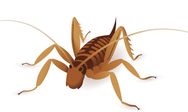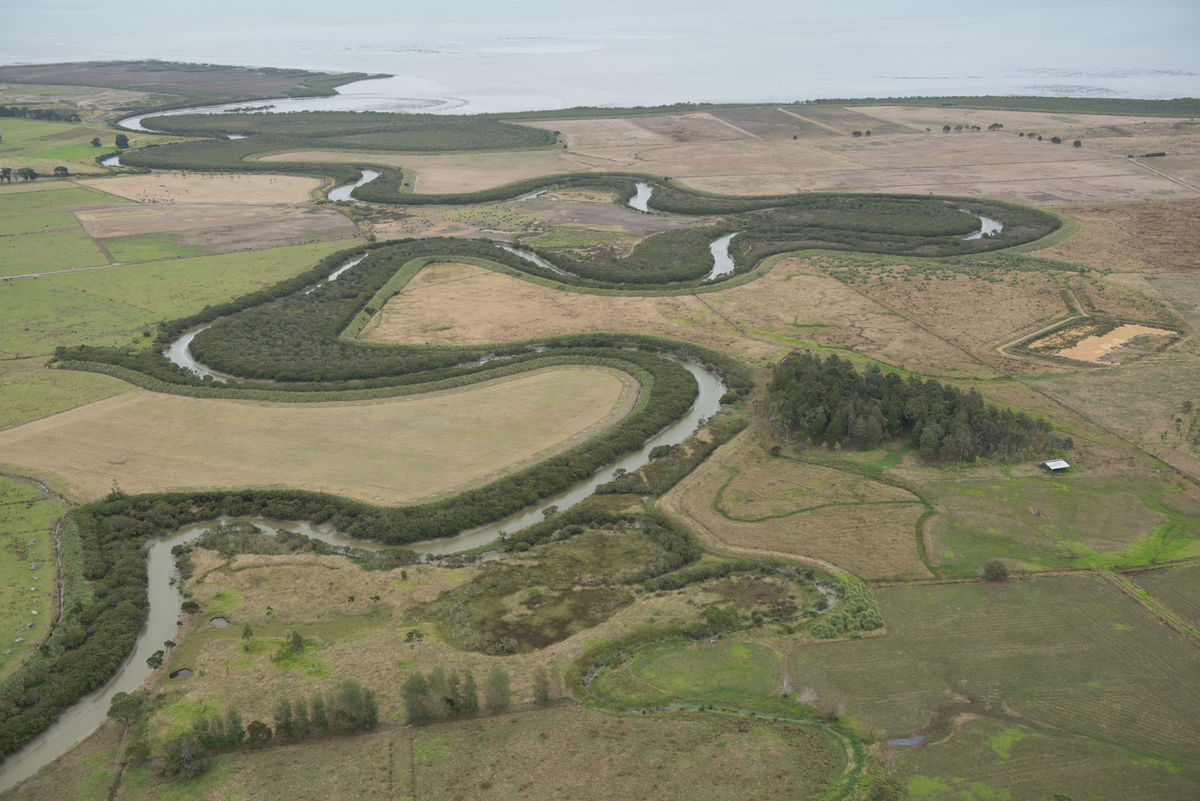
Wairua Oxbow Restoration
What was the project about?
This project aimed to show best practice restoration of two ‘oxbow lakes’ adjacent to the Wairua River Government Purpose Wildlife Management Reserve on the Hikurangi floodplain. The restoration aimed to best replicate the likely vegetation cover present in 1942 before the 'oxbows' were created, based on aerial photos from the time that show the sites being covered in a mix of forest/shrubland habitat with areas of wetland. This restoration project was a collaboration between Living Water, the Whangarei District Council (WDC), Ngati Hau and Northland Fish & Game.
What was the issue?
The ‘oxbow lakes’ are the remains of meanders of the Wairua River that were blocked off in the mid-late 20th century as part of a large-scale government subsidised drainage scheme. The belief was that straightening waterways, building stop banks and installing pump stations would quickly drain flood waters from local farms. However, the drainage works ended up isolating the ‘oxbow lakes’ disrupting habitats and having an adverse effect on aquatic flora and fauna.
The project area, adjacent to the Wairua River Reserve, provides habitat for a number of at risk or endangered native species. These included two threatened native plant species: the Hikurangi swamp koromiko and heart-leaved kohukohu, which were struggling to survive among copious weeds and animal pests, and grazing by cattle as part of a lease agreement. Two native birds species present are classified as ‘At Risk’: kawau/black shag and kawau tui/little black shag. Three species of native fish are present in the ‘oxbow lakes’. These are black mudfish (at risk), Cran’s bullies, and shortfin eel.
The WDC administers the land as part of their Hikurangi Swamp Scheme, to maintain drainage systems and manage floodwaters through a series of spillways, water holding ‘pockets’ and pump stations to allow floodwater to be pumped directly into the Wairua River.
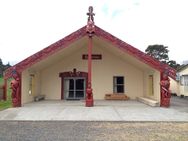
Akerama Marae
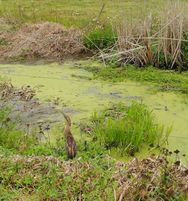
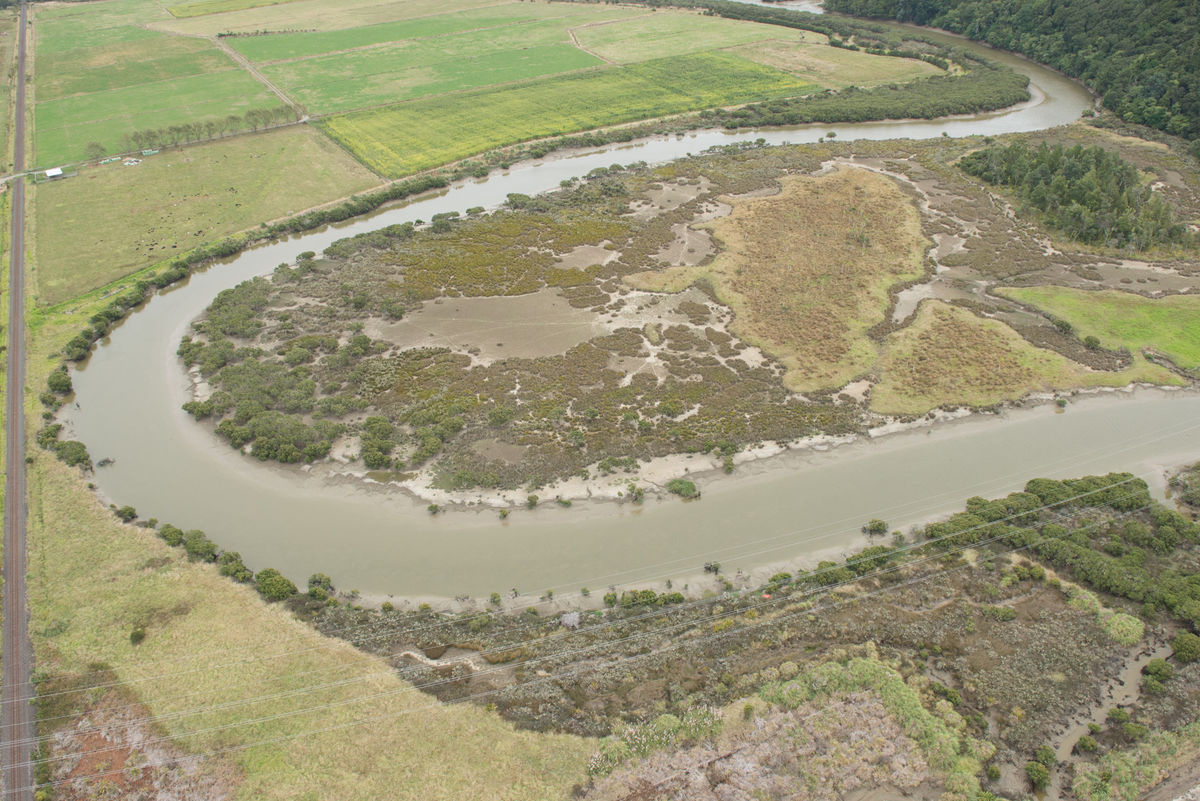
How was the project undertaken?
Living Water contributed funding to the WDC and together worked with Ngā Kaitiaki o Ngā Wai Māori, Northland Fish & Game, and a neighbouring farmer to retire the 7.4 ha project area from grazing and install stock-proof fencing. Ecological surveys established a baseline for species in the area. Ephemeral wetlands were created and a drain reinstated to connect the two oxbows and improve mudfish habitat. Lastly replanting replicated vegetation cover as seen in aerial photos taken prior to the drainage works from 1942 that created the ‘oxbow lakes’.
What was achieved by the project?
There are ecological and practical benefits from the project. The increased ecological health and ecosystem function on a highly modified floodplain has improved the freshwater habitat to support a wide range of flora and fauna. While the revegetation has been completed the weed and animal pest eradication is ongoing. The area also provides a best practice demonstration site. In March 2017 the WDC released its Hikurangi Swamp Floodway Riparian and Ox-Bow/Cut Off Channel Management Plan which identified 18 sites suitable for restoration activities along the Wairua River floodplain.
